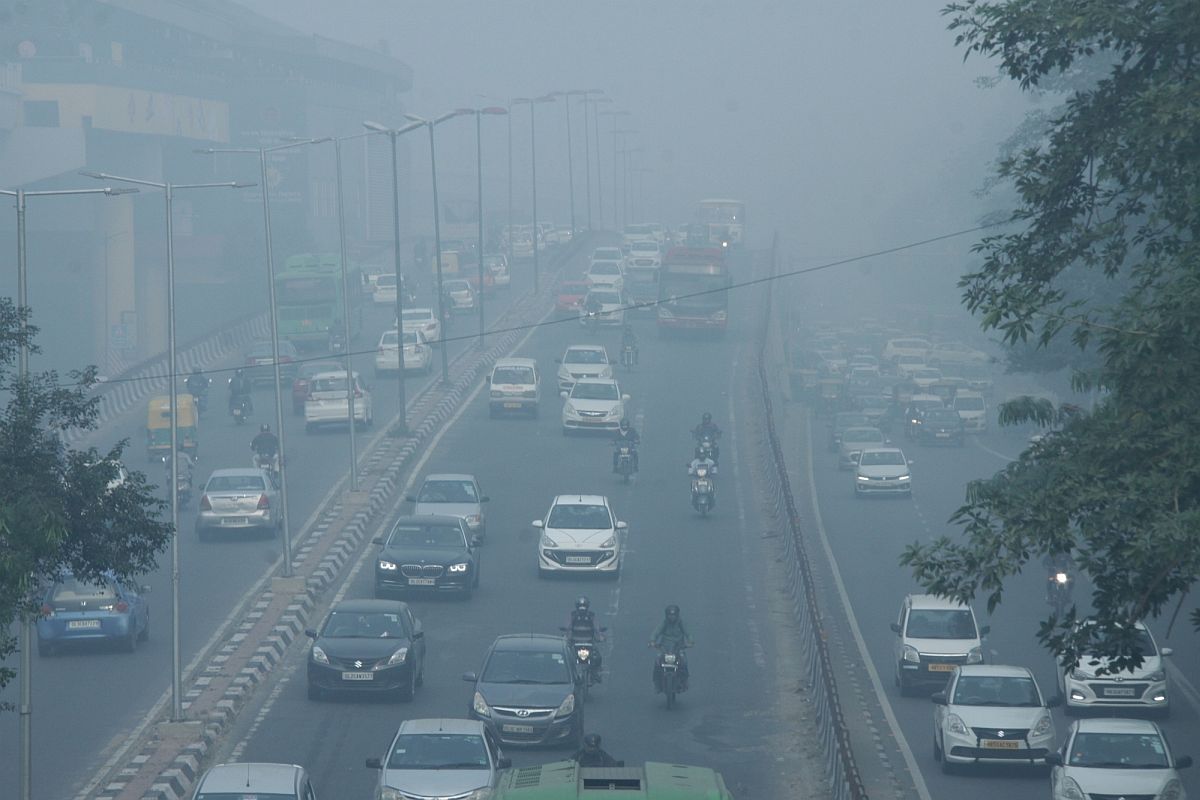The air pollution, which was on a low in the initial phase of the lockdown, is on the rise again after the opening of the country in phases, reports say.
According to the Centre for Science and Environment (CSE), PM 2.5 levels across Delhi, Mumbai, Kolkata, Chennai, Hyderabad and Bengaluru dropped by a phenomenal 45-88 per cent during the lockdown period.
Advertisement
However, the analysis found that the “pollution registered a comeback” as the nation opened up pursuant to lockdown 4.0.
“In the six cities, there were a two-six times increase in PM 2.5 levels during lockdown 4.0,” said the report.
The report further suggests that the national capital witnessed the steepest hike in the pollution level after the lockdown ended.
Sunita Narain, Director General of Centre for Science and Environment said that the analysis showed the nation needed an intervention at such a massive scale to make skies blue and our air and lungs clean.
“It tells us that there should be no question, therefore, on the key sources of air pollution in our country: emissions from vehicles and industry,” she added.
CSE stated that reducing pollution from heavy-duty vehicles, switching to clean vehicles, using clean power and providing green economic stimulus were a few strategies which could help retain the healthy air.
Centre’s executive director Anumita Roychowdhury said the nation must ensure that pollution levels do not go back to ‘normal’ – what they were before the lockdown.
(With inputs from IANS)











